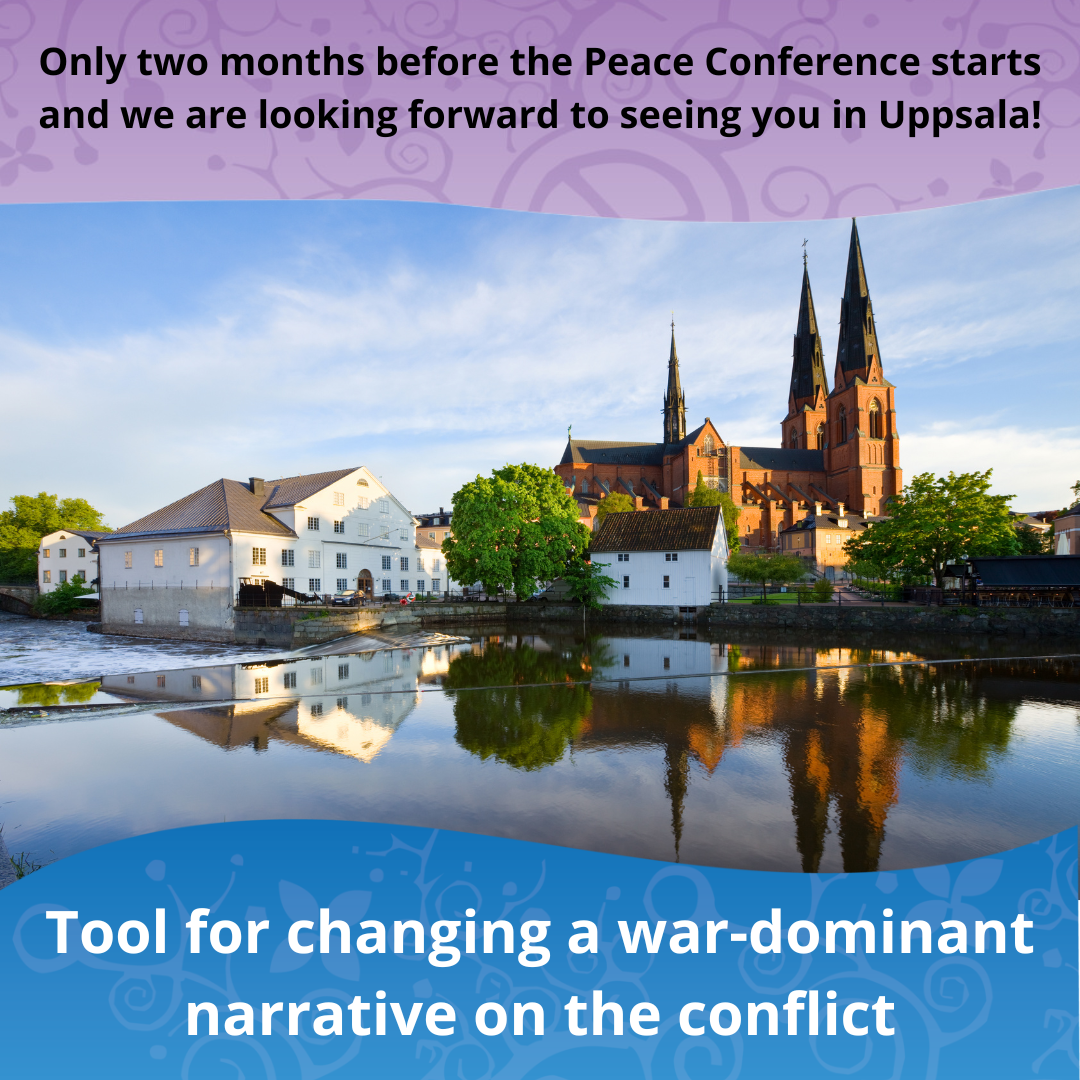
In today’s mass communication MEDIA is broadcasting, publishing, and the internet reproducing. The MEDIA must play a positive role in peacebuilding and conflict prevention. Media Education Centre through increasing programs on media, communications, and peacebuilding to develop pro-peace program content and support interventions generate positive results. This highlights the need for more research through new peacebuilding partnerships to:
- building bridges between people and groups to provide knowledge of complex issues providing early warning of potential conflicts to express emotions and motivate action promoting peace;
- active media monitoring with (free of charge) media professionalization programs with peace journalism training to send peacebuilding messages and support citizen journalism initiatives;
- include key actors: civil society organizations, peace movements, and Universities through national and international broadcasters and internet communication channels;
Peacebuilding strategy
Peacebuilding requires a better link or orientation to the overall peacebuilding strategy targeting the core problems of the conflict (root and proximate causes). This needs to first identify the peacebuilding strategy and then clarify how the media projects can fit into it.
Role of Journalists
All actors in the Media and Peacebuilding sector need to clarify the role they attribute to journalists. This holds consequences for project design in the short-term perspective and the long-term orientation equally valid for any additional task journalists might or might not take over, for example, mediation, facilitation, or practical local peacebuilding.
Selection of media?
Media in peace and conflict could support existing local media as the best way to get access to the population and foster free and independent media. If local media do not exist there is a need to identify alternatives, for example, international broadcasters as a “second-best” solution for giving access to non-prejudiced information for populations in need or instead, local and international media can coexist.


